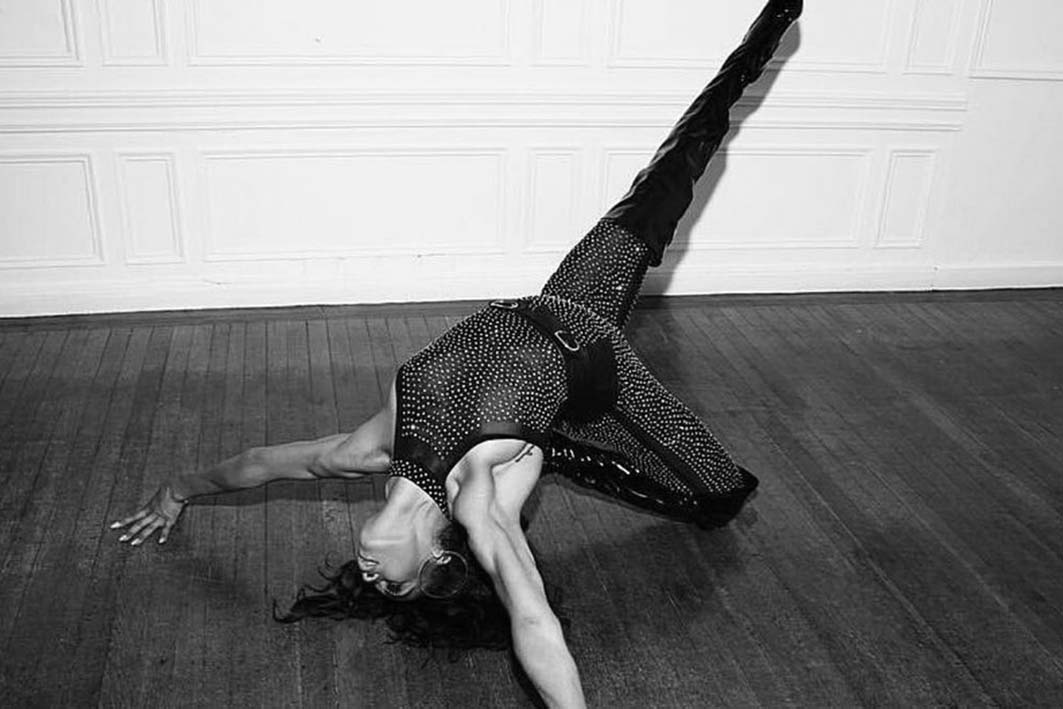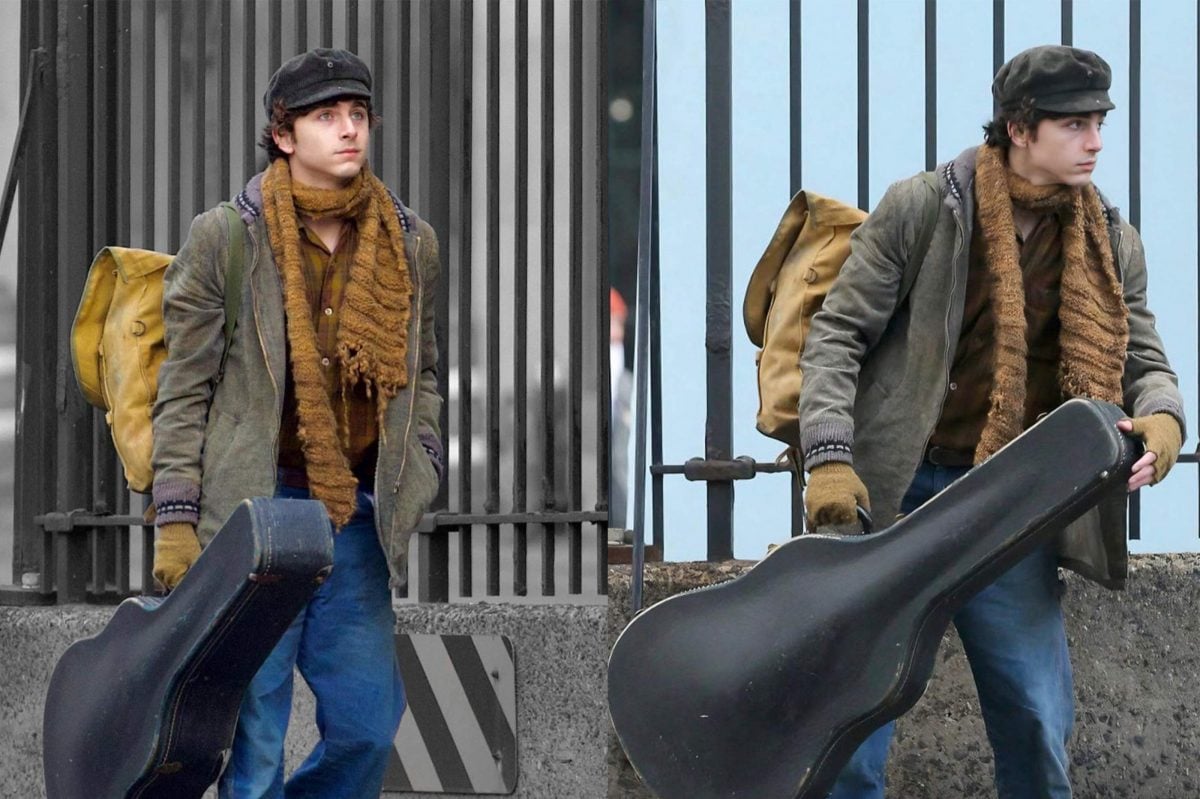
Paris is Burning, Ru Paul's Drag Race, Madonna's Vogue - these are mainstream cultures most common points of reference for voguing, the ballroom scene subsection of dance that was born in 70s and 80s New York by the Black trans community in Harlem.
The origins of voguing
To understand voguing, it's important to start with its origins. "First and foremost, ballroom culture is Black culture. Created and lead by Black trans women, ballroom has infiltrated all areas of pop culture including fashion, art, music, dance, film and even our vocabulary over the last 50 years." Xander Silky, who is part of the Australian ballroom group House of Silky, tells RUSSH. Between the 1960s and 1980s, New York City's drag competitions began to transform from pageantry-style balls to voguing battles. At its bare roots, voguing is tied to the dances/walks in which LGBTQ+ contestants compete for prizes like cash and titles of their respective houses by walking categories like face, body, sex siren, femme queen, best dressed, and many more. The original 'moves' of voguing referenced poses of models in magazines.
Voguing and ballroom culture at-large is rooted in the safety and community provided to LGBTQI+ and BIPOC folks. Each ballroom houses have mothers and fathers - the founders of the house - and provide family support for many in the community. From those who were socially marginalised by gender, sexuality or race in the 80s and continue to be today, ballroom culture functions as a space of safety and celebration for these groups.
"The saying goes, "As long as queer people are oppressed in the world, ballroom will exist". Homophobia and transphobia is very much still present in Australia, you only need to drive out west to see it. Ballroom provides a safe space for those that are BIPOC and queer here, it helps them build confidence and the tools to take on society while connecting them with likeminded individuals who will accept and support them whole heartedly for who they are." Xander says.
The evolution of voguing
The "Old Way" began as a style of voguing built on clean lines, symmetry and sharp transitions, but in the late 1980s the "New Way" emerged, introducing more fluidity and movement to voguing. The "New Way" brought iconic moves we recognise today in the ballroom scene like the duckwalk, catwalk, spins and dips.
Over time, voguing started to become noticed by and infiltrated into pop culture, with direct influences like Madonna's Vogue becoming one of the most mainstream references to voguing known today. "Some influences are more direct like Madonna's Vogue and this generations use of words like 'Kiki', 'Shade' and 'Reading', while other intersections have been more subtle like Leiomy Amazon['s] iconic 'Lolly' hair whip becoming a staple in Beyoncé's performance mimicked by millions of fans." Says Xander. "Designers like Marc Jacobs, Alexander McQueen and Patricia Field all taking inspiration from the fashion categories and legends in the ballroom scene."
Where voguing is now
What started at the very top of Manhattan island as an act of resilience is now a global and intergenerational movement that offers a historically safe space for queerness to thrive along the runways of the balls, among judges, and within the audience.
While it has been appropriated and adopted into pop culture by pop-icons like Madonna, Beyonce, Rihanna and FKA Twigs, its roots will always remain as a refuge for queer folks. As Xander puts it, "ballroom and voguing was more than just dancing... I remember watching them [Leiomy Amazon and Katrina Ebony] have it out with each other on the floor, hearing every word they were saying with their hands and the way they held themselves. They had something to say, vogue was the medium they used and ballroom was the facilitator. "
Image: @womnd3rwoman1



